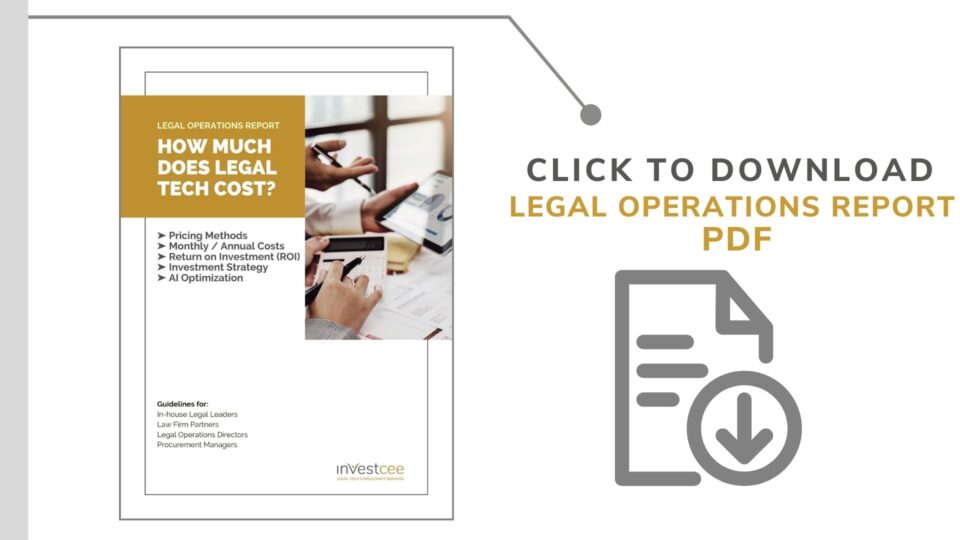Smart data management, contract analytics or AI-assisted contract management are some of the various terms used to describe technology tools that help more efficiently access and assess information embedded in contracts. While traditional document management systems force us to carry out and execute routine operations manually (like searching for specific phrases or sections in contracts, reporting on contract data, etc), smart technology helps to automate most of these manual tasks.
To optimize access to contract data, organizations need (1) a good understanding of how to apply existing technology and (2) a professional team to help implement the contract-related tasks in a digital environment. In this post, we share our 5-step strategy to help organizations in this process.
For many lawyers and businesses, contract review is something of a necessary burden. The manual process of locating relevant data and exporting information for reporting or decision making purposes can be repetitive and monotonous, but the work is crucial. To alleviate some of this burden, we have selected some highly configurable technology solutions for our LegalTech Marketplace and use these tools to implement contract data analytics for our clients. By gathering relevant information from contracts and displaying them in an easily reviewable digital format, we facilitate faster comprehension of contractual data, automate reminders or tasks for key contractual events and enable overall better management of contractual obligations.
Our 5-step Plan for Efficient Contract Data Management and Analytics
Essentially, contract data management and analytics are about shifting from manually performing contract-related routine tasks to creating a digital database that is easily searchable in accordance with actual client need. This transition typically involves a variety of some rather simple and some more complex tasks. In particular, scanning of paper documents, converting simple scans into machine-readable text, determining the necessary metadata, locating contract data necessary to automate notifications, supervising the AI search engine on the input and output of contract information, validating search results and sharing of the results in the format preferred by the client. We have grouped the various tasks into a five-step process.
Step 1: Prepare the Data Set
For the AI-engine to perform the smart search magic, it is essential to prepare a machine-readable data set. In some cases, this may mean converting paper-based contracts into a digital database, while in other cases it may mean applying optical character recognition (OCR) technology on top of an electronic database of simple scans. Certain digital file types (for instance the ones with a watermark) may need to be separately considered before they become machine-readable.
Launching the contract data analytics project requires turning paper-based or non-machine-readable files (like simple scans) into an electronically searchable data set.
Step 2: Prepare the List of Data Points
Once a machine-readable data set is ready for review, we work together with clients to understand the data points they need to extract and manage. Some data points are obvious in most projects (for instance, the names of the contracting parties or effective dates within contracts are basic information necessary to be flagged), but there may be other specific aspects that are relevant in a given client context which also needs to be uncovered. A customized list of data points may depend on internal decision-making processes, reporting routine or even organizational culture. At the end of the day, it will be an organization’s own “search dictionary” that helps make the most of AI-assisted contract management and analytics platform.
Drafting a list of the specific data points to be captured and extracted from the data set is necessary to customize AI-based contract management.



